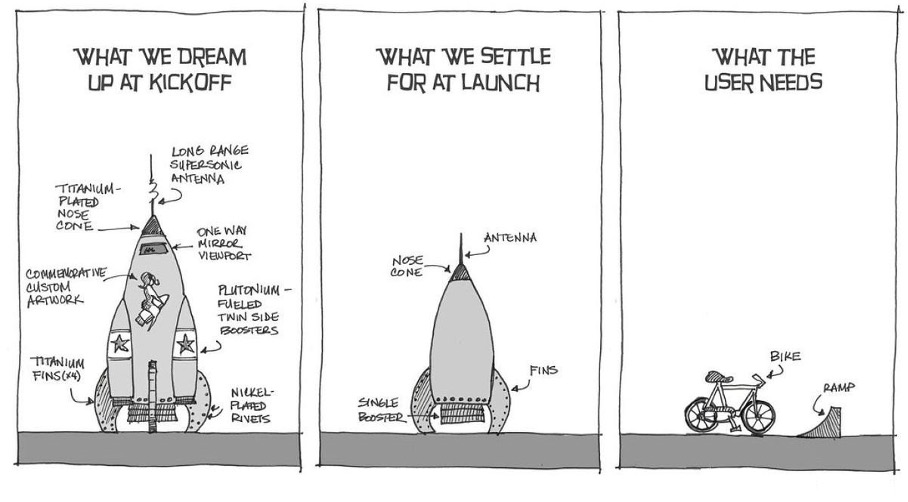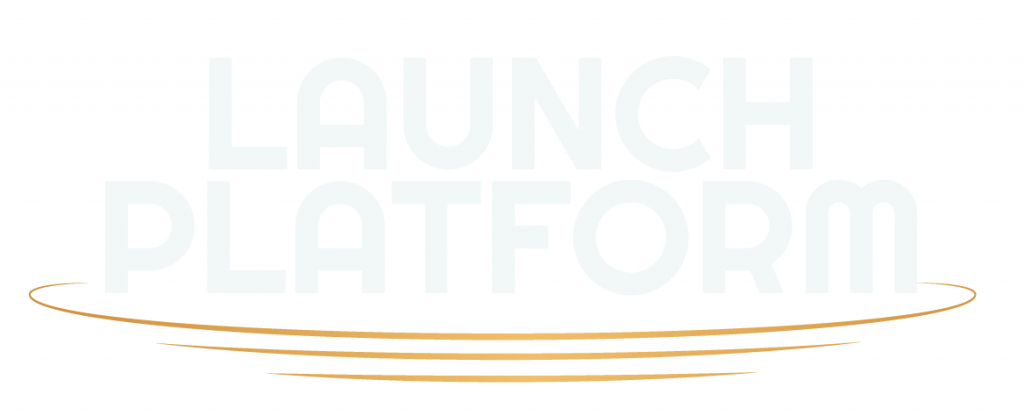
Bron: https://twitter.com/rspective/status/984684411181518848
Suddenly you have it. Your genius idea for a product or service of your own. It feels like a eureka moment. You have found the solution. Often this idea already consists of a tangible or visualizable solution. You quickly put some initial thoughts on paper and think of more and more new additions. At some point it is ready and you dare to present it to your family and immediate surroundings.
”Ladies and gentlemen;
As you know, as a society we are increasingly aware of the benefits of a healthy lifestyle. Mindful eating is the solution. Now I hear you think; but how do I do that? See here, the HAPIfork!”

Before she knows it, your mother-in-law will be sitting with a quadruple-patented vibrating fork in her mouth. Perhaps not quite the desired solution after all?
Within my work at Golden Egg Check and LaunchPlatform I often come into contact with starting entrepreneurs. When startups talk about their innovative business idea, the idea often already consists of the solution they came up with. This makes perfect sense, because I believe that entrepreneurs are programmed that way. They are go-getters, doers and solvers!
However, 90% of plans A fail.
As you may have heard many times, startups do not have a high success rate. One of the main reasons for this is a lack of proper research. The Lean Startup prescribes to first fully put yourself in the situation of your user.
What tasks is your target audience trying to perform? What obstacles do they face? What is the desired outcome? All this must be thoroughly investigated in order to be able to sketch a customer profile. Love the problem, not the solution.
When you have mapped this out thanks to desk and field research, you can start thinking about possible solutions that you as a company can offer and not the other way around. You do this by means of hypotheses (assumptions of possible solutions). By now you have a clear picture of the problem, now you just need to find the most appropriate solution.
But then you’re not there yet! When you have visualized your solution or even realized it in the form of a prototype, you have to validate (confirm) it again with the target group you researched. This is called an MVP, a minimum viable product. You try with your limited budget and resources to realize a potential solution for the target group to get feedback on this. This is a continuous game of gathering feedback and having it tested by your potential users until it is almost perfect.
Eventually you have reached that point, you have gone through all the steps and your potential customers are completely satisfied with your solution. But still the sales are not forthcoming, despite your validation and marketing campaign. How can this be? It turns out that the market you are targeting is extremely small. You haven’t thought about doing market research. You have no idea what your TAM, SAM or SOM is and what percentage of it you can capture.
Don’t worry, I’ll tell you all about this in an upcoming LaunchPlatform blog.
Do you want to learn everything about how to successfully start a startup and are you ready to find out the feasibility and potential of your business idea? Create a free account on LaunchPlatform now and start making your startup plan (read: not a business plan).
Yaïr Sharon
LaunchPlatform – Push to Start!



